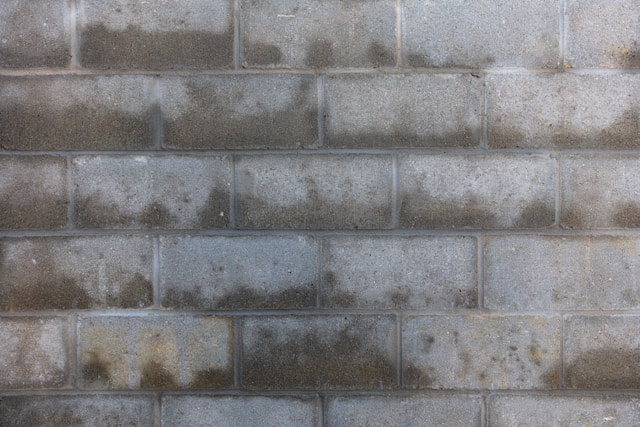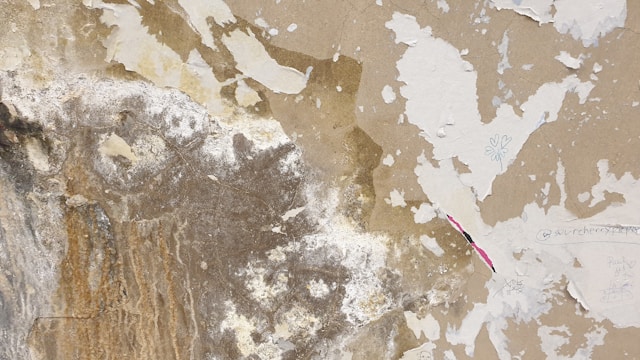Are you seeing ugly patches of wetness crawling up your walls? If you own a property in Sydney, it’s very important to know the indicators of growing moisture. If you don’t take care of this annoying condition, it can do a lot of damage to your property and make it less stable. Rising damp not only makes your property seem bad, but it can also cause serious health problems because it lets mould develop. So, let’s look at those warning signs, figure out what causes this moisture problem, and look at both expert and do-it-yourself ways to deal with it head-on. You should take the greatest care of your home possible!
Signs of rising damp in your home
Dark, wet spots on your walls are one of the first signals that the rising damp sydney. Most of the time, these stains start near the floor and go up.
You can also notice that the paint or wallpaper is peeling or coming off. This peeling can make any room appear bad.
A musty smell that won’t go away in your home is another red indicator. If you smell mould or mildew, it could mean that moisture is stuck behind walls or under flooring.
Don’t forget about the skirting boards. If they are always wet, they could start to distort or decay.
Look for efflorescence, which are white chalky spots that form on brickwork or masonry surfaces. Salt deposits are left behind when water evaporates from porous materials.

What Causes Rising Damp
When moisture from the ground gets through walls and floors, it causes rising damp. This can happen in older homes that don’t have enough waterproofing or barriers.
Another big reason is bad drainage. When water builds up around your foundation, it looks for ways to rise. You could have problems if your gutters are clogged or your downspouts aren’t sending water away.
The type of soil also matters. Clay soils hold more water than sandy soils, which makes it more likely for homes built on these types of land to become rising damp.
Also, plumbing systems that are broken might make the problem worse. Over time, a leaking pipe can let too much moisture into walls and foundations.
The way things are built is also important. If a house doesn’t have enough ventilation, it may retain moisture inside, which is a great place for rising damp to grow.
The Risks and Effects of Rising Damp
Rising damp is more than simply a nuisance; it may seriously harm your health and your house. Over time, moisture that seeps up through walls can harm the structure. Wooden timbers can rot, plaster can break down, and paint can come off.
Mould grows best in places that are wet. This not only hurts the inside of your home, but it also makes the air quality worse. Mould spores can cause allergies and breathing issues when you breathe them in.
Rising damp also often makes your home smell bad, which is another problem. These musty smells are signs of problems that need to be dealt with right now.
The impacts get worse quickly if you don’t deal with them, which means expensive repairs later on. To keep your home safe and healthy for you and your family, you need to protect it from rising moisture.

Getting help from a professional vs. doing it yourself
You have two main choices for dealing with growing damp in your Sydney home: hire a professional or do it yourself. Knowing the advantages and cons of each approach might help you make the best choice.
It might seem like hiring a professional will cost a lot at first. But professionals have the experience and specialised tools they need to find the source of the problem. They also know how to put long-term solutions into action instead of just quick remedies. This choice typically gives you peace of mind, especially if you’re dealing with a lot of damage or complicated problems.
On the other hand, if you know how to do things around the house, DIY solutions could save you money. You may find a number of ways to address small cases of increasing damp online. An eager homeowner might be able to handle simple improvements like sealing cracks or making drainage better. But remember that getting the proximate to the problem could cause worse problems later. helplessly.
When selecting between getting expert help and doing it yourself, it’s important to think about your skills and the hazards involved. No matter what road you select, your top priority should be keeping your house safe and comfortable for years to come.









